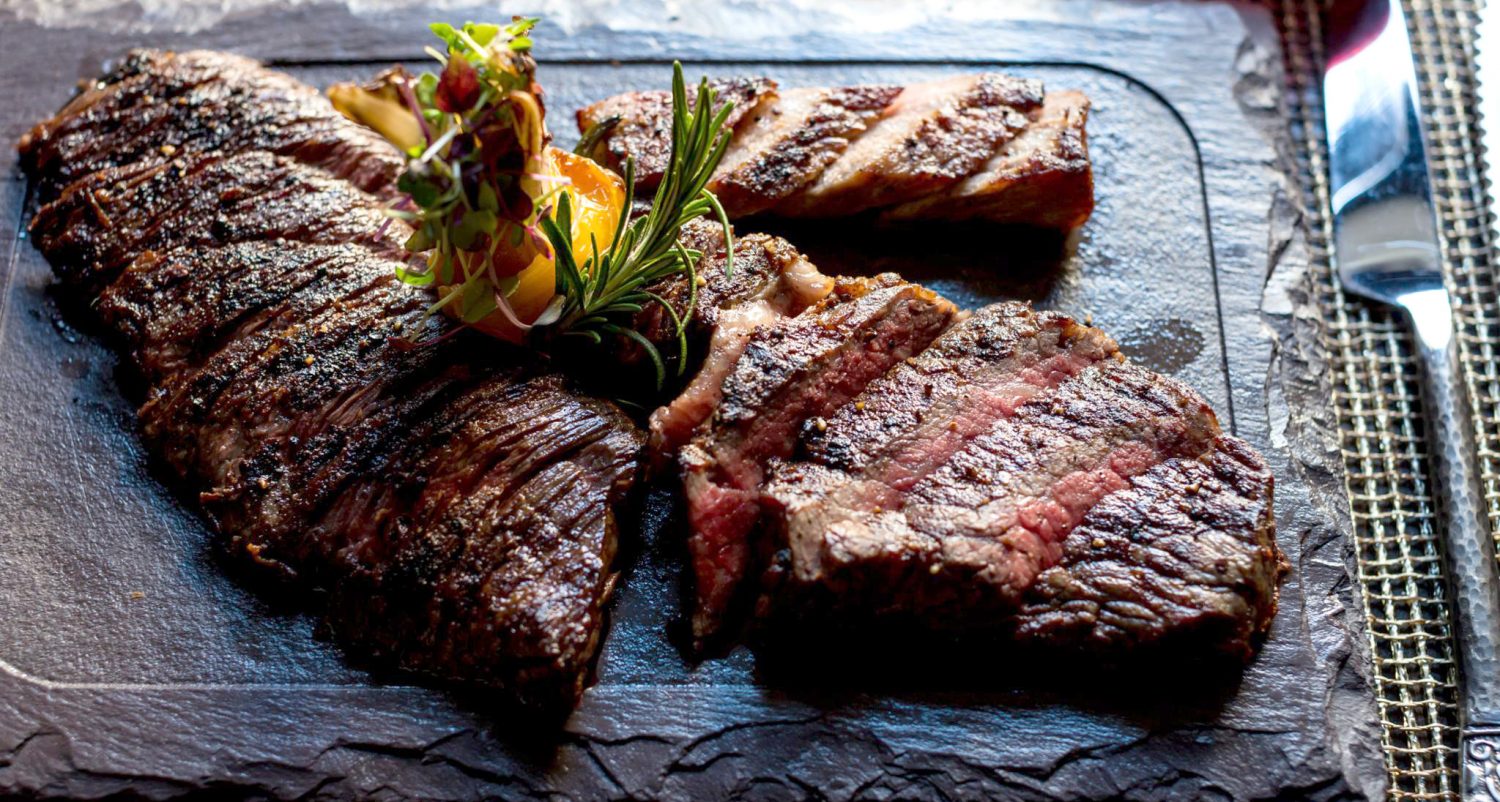I used to think that cake making etc. is an exact pursuit where you have to measure exactly and temperatures have to be exact and that bread baking is more slack in its requirements. However, I have come to realize that bakers no matter what they bake tend to be sticklers with a good healthy dose of OCD.
If you don’t want the gory details and just want the formula go down to the ingredients section. Also I use a Kitchenaid with a dough hook rather than knead for ever.
Bread makers have made up their own ways of measuring ingredients. For starters, serious bakers will never ever measure volumes, always by weight. This eliminates how tightly a cup measure is packed. Since they are weighing flour salt and yeast why bother measuring the liquids by volume. You weight the water you use!!! Most of the crusty breads like Baguettes, Batards etc originate in Europe so the measuring system has stayed in metric units. Measure it in grams, and if you are going to get serious and bake good bread, get a kitchen scale. If you think bah humbug, wait till the “Perfect baguette bug” bites you.
They also measure everything in relation to the weight of the flour used. Let me give you an example. The standard French baguette is also called a 60-2-2 baguette. So that translates to 100 parts by weight of flour, 60 parts by weight of water and 2 parts by weight of yeast and salt. Most baguettes start off with an unbaked dough weight of about 350 – 370 gms and will lose between 25 and 30 of their weight when baked. So if you want two baguettes the total weight of the dough being twice 350 or about 700 gms. To calculate the amounts of ingredients by weight, all you do is to total up the percentages, 100 + 60 + 2 + 2, 164.
So the flour weight needed is 700 divided by 164 multiplied by a hundred. Calculate the otehr weights from there. The list given below is for 2 baguettes of 350 grams each dough weight.
Ingredients
- 427 gms of Flour (AP is OK but Bread flour with a higher protein content is better)
- 257 gms water (Filtered with no Chlorine reside)
- 8.5 gms of Sea Salt
- 8.5 grams of All Purpose Yeast
Directions
- Hold back a few table spoons of water and add the rest and the flour to the mixing bowl of the mixer.
- Mix on low 2 and then on 4 to get the consistency of a shaggy dough.
- Rest on the bowl covered with a plastic wrap for about 45 minutes. The surface will start looking less shaggy and start gaining a smoother look.
- Add the yeast to one side of the bowl and the salt to the opposite side of the bowl. salt retards the yeast and so you want them to mix in the dough rather than mix immediately.
- Wet the two piles with the held back water.
- Start mixing on low and then increase speed in steps to about 5 or 6. Run on the higher speed for about 5 minutes to 7 minutes. The dough should detach from the sides of the bowl but still stick to the bottom. You can adjust by adding a few drops of water if it starts detaching from the bottom of the bowl and a bit of flour in half teaspoon increments if it sticks heavily to the sides of the bowl.
- When done the dough should be shiny and very stretchy.
- Proof as a ball in a well oiled bowl covered with plastic wrap. Deflate gently and re-proof twice after the dough doubles in size.
- Shape the baguettes and proof to double the volume.
- Score the top with diagonal slashes before baking as below
- Bake at 500°F for 20 minutes while rotating to avoid hot spots in the oven. Make sure to put a pan of water at the bottom of the over to keep moisture in the oven.
- At the end of the 20 minutes, take out the pan of water and drop the temperature down to 450 and bake another 10 minutes and rotate half way through

